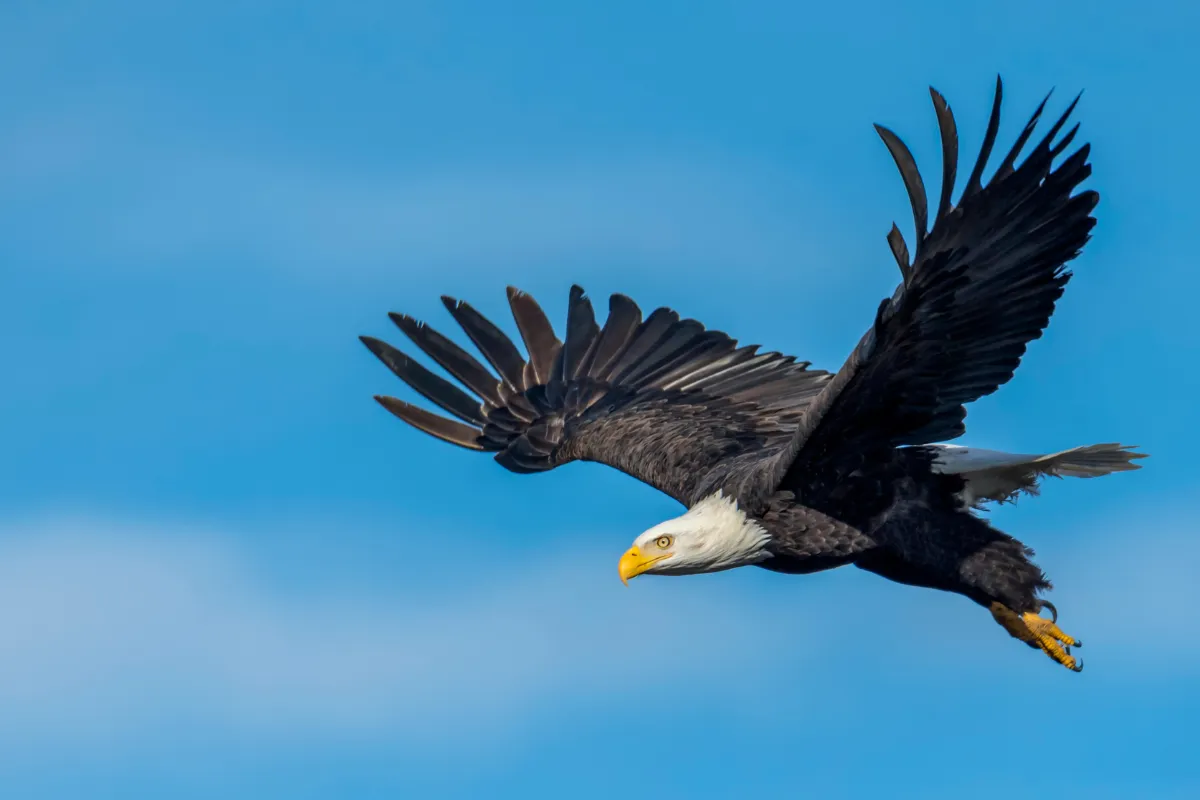Yellowstone National Park is a treasure trove of natural wonders, drawing millions of visitors each year to witness its breathtaking landscapes and diverse wildlife.
From towering geysers to lush forests, the park offers a glimpse into the beauty of the wilderness.
One of the most exciting aspects of visiting Yellowstone is the opportunity to encounter its unique inhabitants.
In this article, we’ll take a closer look at eight animals you may or may not see during your visit to Yellowstone.
Bison: The Mighty Symbol of the American West
Bison, often referred to as buffalo, are iconic residents of Yellowstone.
These majestic creatures roam the park in large herds, grazing on grasslands and meadows.
With their massive size and shaggy coats, bison are a sight to behold.
While encounters with bison are common, it’s important to admire them from a safe distance as they can be unpredictable.
Grizzly Bears: Yellowstone’s Apex Predators
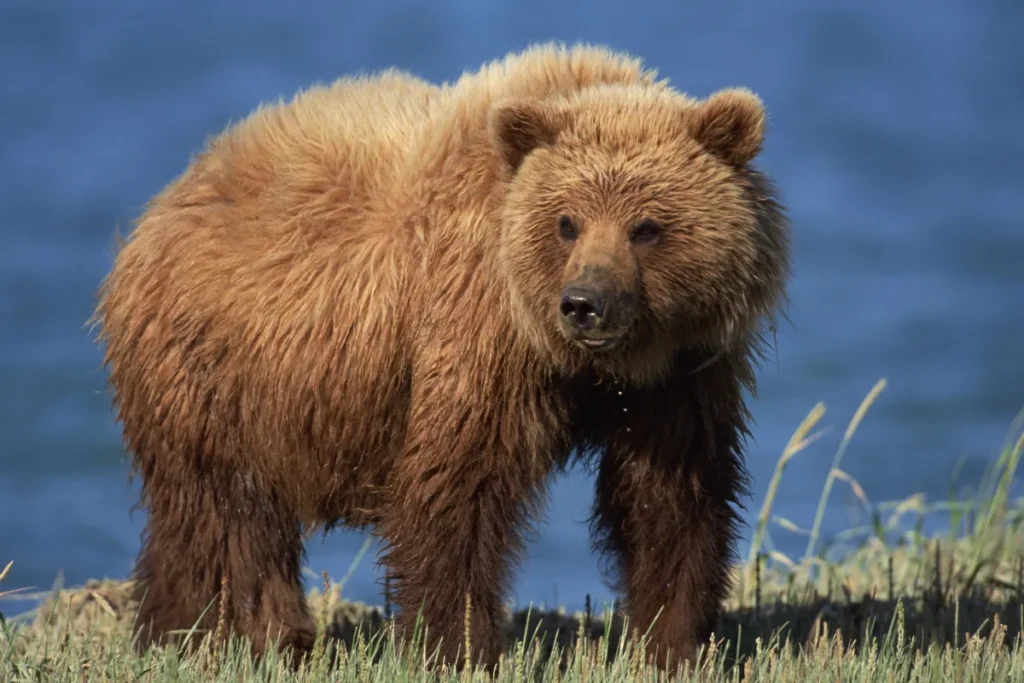
Grizzly bears are another emblematic species found in Yellowstone. Known for their immense strength and solitary nature, encountering a grizzly in the wild is a rare and unforgettable experience.
While sightings are not guaranteed, visitors can increase their chances by exploring areas known for grizzly activity, such as Lamar Valley and Hayden Valley.
Wolves: Masters of the Hunt
Wolves were reintroduced to Yellowstone in the 1990s and have since become an integral part of the park’s ecosystem.
With their keen hunting instincts and complex social structures, wolves are fascinating creatures to observe.
While spotting a wolf in the wild requires patience and luck, hearing their haunting howls echoing through the valleys is a truly magical experience.
Elk: Graceful Giants of the Rockies
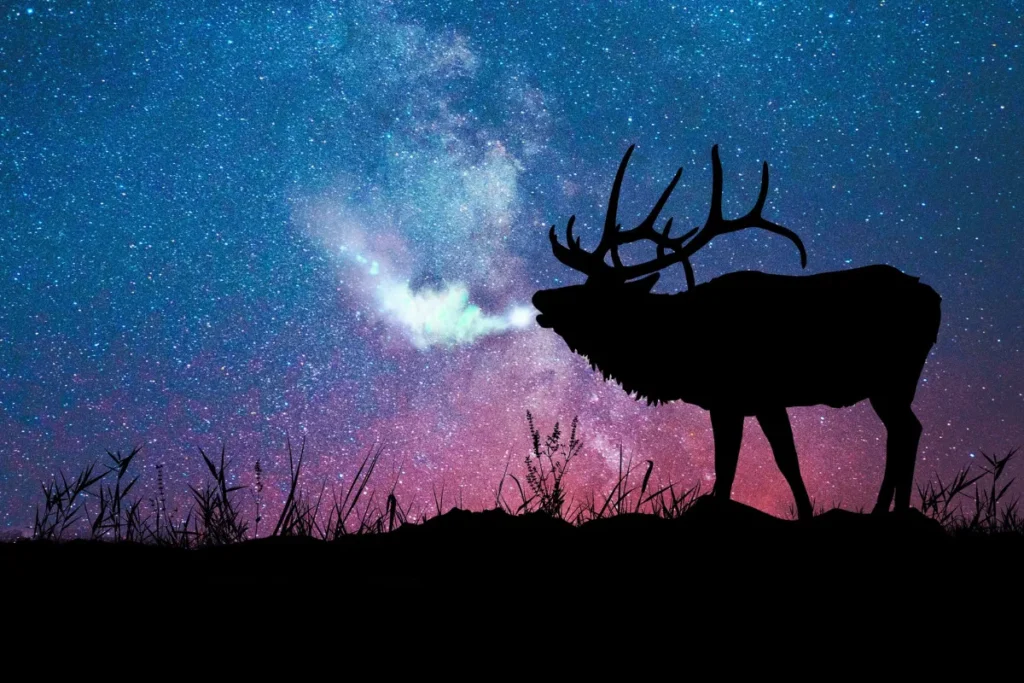
Elk are one of the most common ungulates found in Yellowstone.
With their impressive antlers and graceful movements, elk are a favorite among wildlife enthusiasts.
During the fall rutting season, male elk can be heard bugling as they compete for mates.
While encounters with elk are frequent, it’s important to give them ample space, especially during mating season when they can be more aggressive.
Moose: The Enigmatic Giants of the Forest
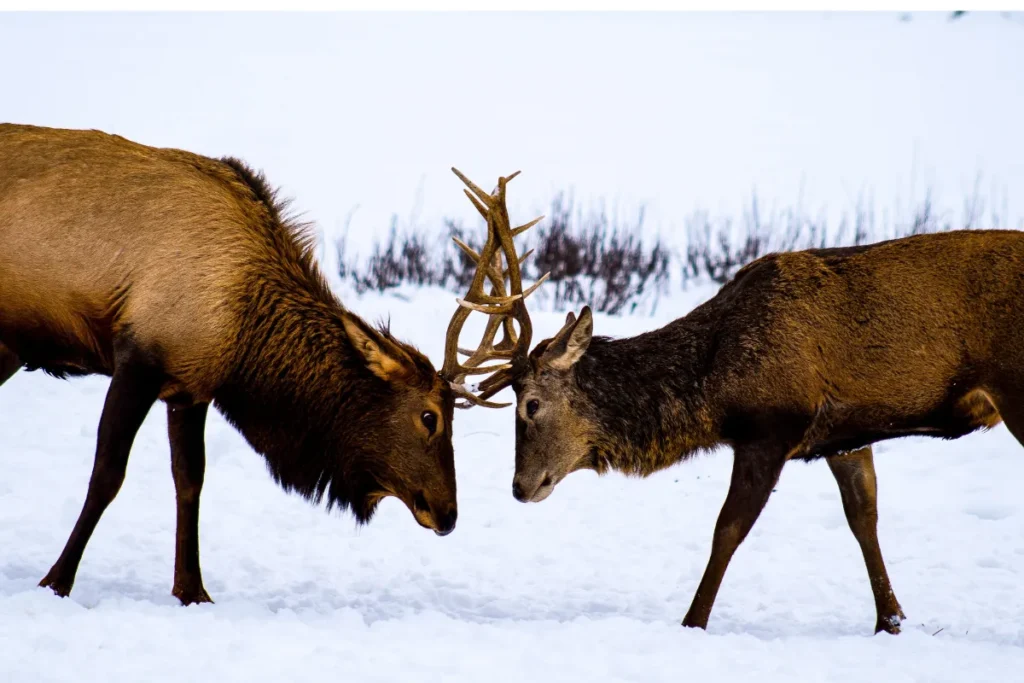
Moose are elusive inhabitants of Yellowstone’s dense forests and wetlands.
With their towering stature and unique antlers, moose are a sight to behold if you’re lucky enough to spot one.
While encounters with moose are less common than other species, exploring areas such as the Bechler region and the Upper Yellowstone River can increase your chances of a sighting.
Bald Eagles: Majestic Raptors of the Sky
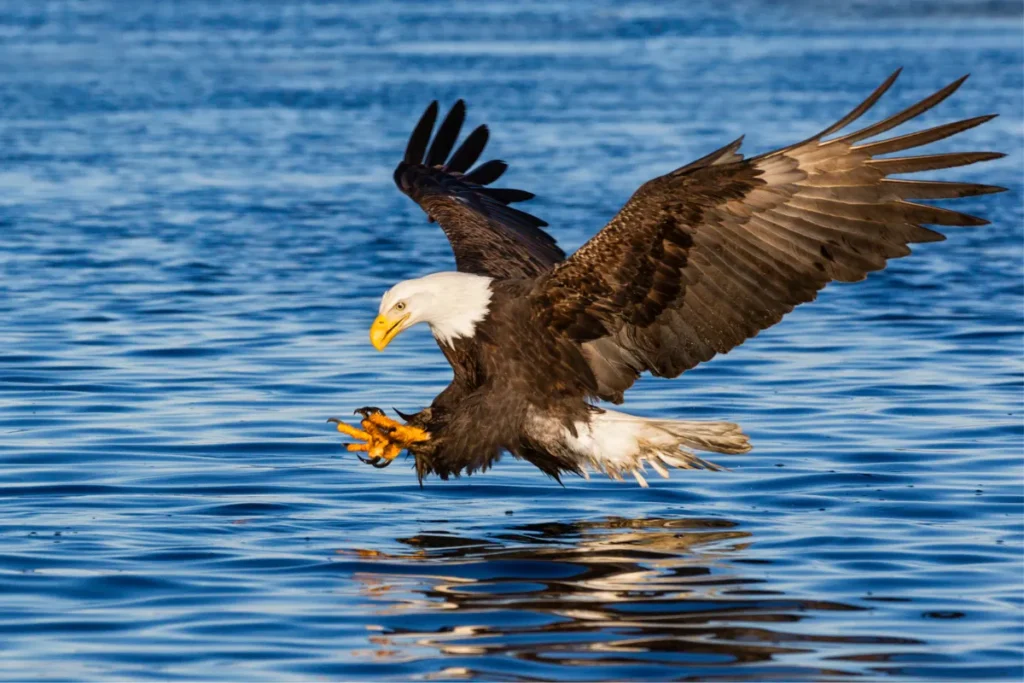
Bald eagles are a symbol of freedom and strength, and Yellowstone provides ample opportunities to observe these magnificent birds in their natural habitat.
With their piercing eyes and impressive wingspan, bald eagles are a sight to behold as they soar through the park’s expansive skies.
Look for them near rivers and lakes, where they hunt for fish and small mammals.
Bighorn Sheep: Masters of Mountain Terrain
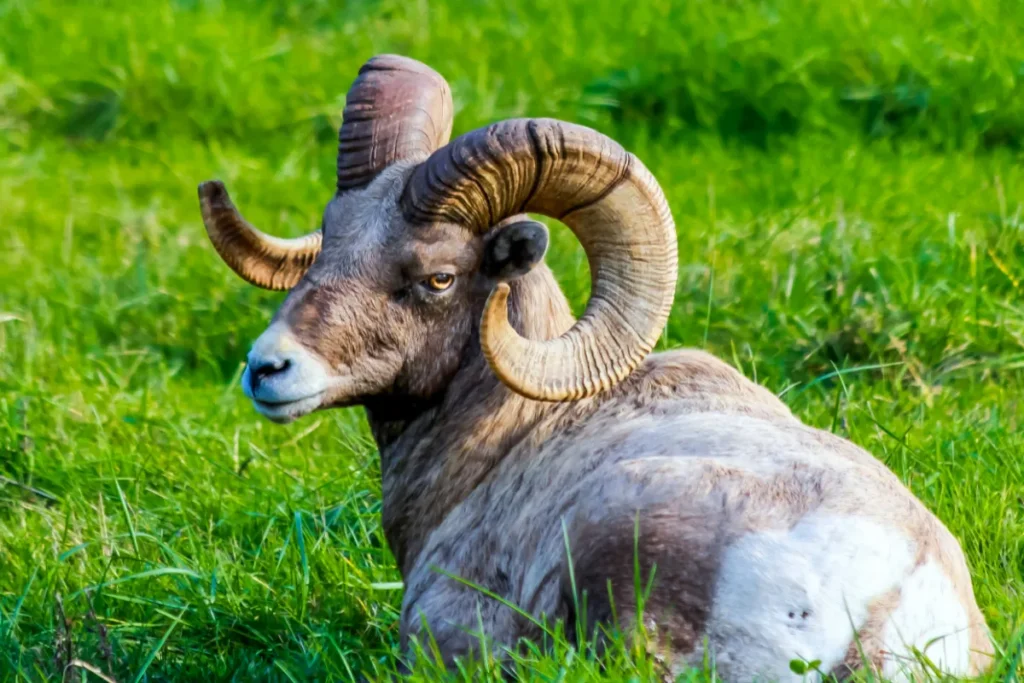
Bighorn sheep are well adapted to the rugged terrain of Yellowstone’s mountains.
With their impressive horns and nimble agility, bighorn sheep are a thrill to observe as they navigate steep cliffs and rocky outcrops.
While sightings can be less common due to their preference for remote habitats, exploring areas such as Mount Washburn and the Lamar Valley can increase your chances of encountering these elusive creatures.
Coyotes: Clever Canines of the Wild
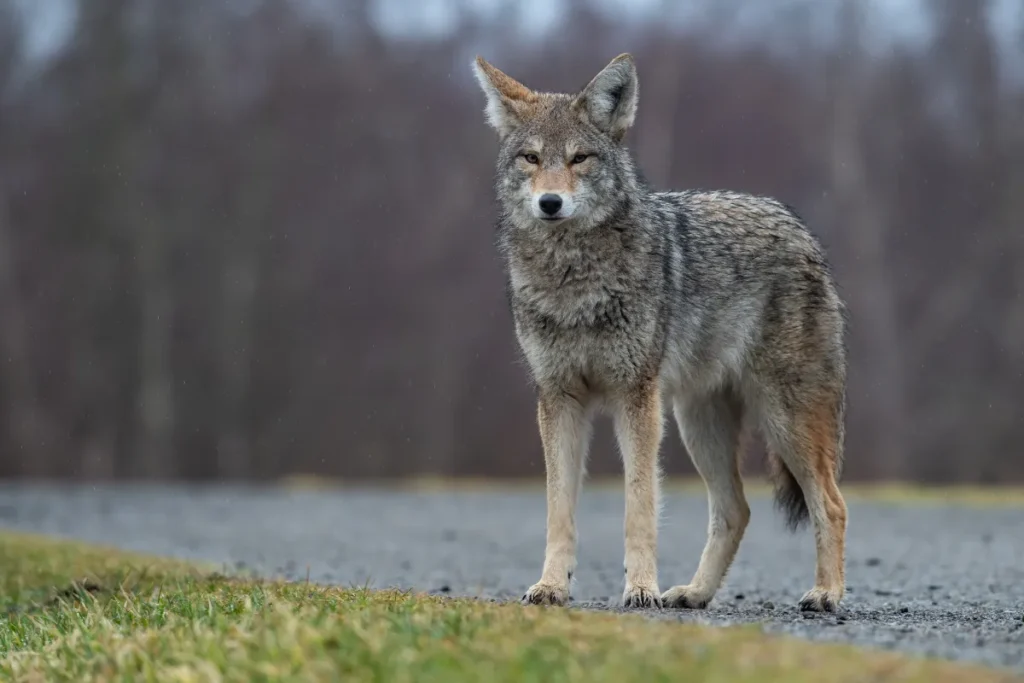
Coyotes are highly adaptable predators found throughout Yellowstone.
With their keen intelligence and stealthy hunting techniques, coyotes are skilled survivors in the harsh wilderness.
While sightings are relatively common, observing coyotes in their natural habitat requires patience and keen observation skills.
Conclusion
Yellowstone National Park is a haven for wildlife enthusiasts, offering the chance to encounter some of North America’s most iconic species.
Whether you’re lucky enough to spot a grizzly bear roaming the forests or catch a glimpse of a bald eagle soaring overhead, Yellowstone never fails to impress with its rich biodiversity and natural beauty.
FAQs
Are encounters with wildlife guaranteed in Yellowstone?
Encounters with wildlife are not guaranteed as animals roam freely in their natural habitat.
However, visitors can increase their chances by exploring areas known for wildlife activity and practicing responsible wildlife viewing.
Is it safe to approach wild animals in Yellowstone?
No, it is never safe to approach or attempt to feed wild animals in Yellowstone. Maintaining a safe distance and respecting their space is essential for both visitor safety and the well-being of the animals.
What should I do if I encounter a bear or other large predator?
If you encounter a bear or other large predator, remain calm and slowly back away while facing the animal. Do not run or make sudden movements. Carry bear spray and know how to use it in case of an emergency.
Can I feed wildlife in Yellowstone?
Feeding wildlife is illegal and can have harmful consequences for both animals and visitors. Human food can disrupt natural behaviors and lead to aggressive behavior in animals. It is important to properly store food and dispose of trash to avoid attracting wildlife.
Are there guided wildlife tours available in Yellowstone?
Yes, there are guided wildlife tours available in Yellowstone led by experienced naturalists and wildlife experts. These tours offer the opportunity to learn about the park’s wildlife and increase your chances of encountering elusive species.

